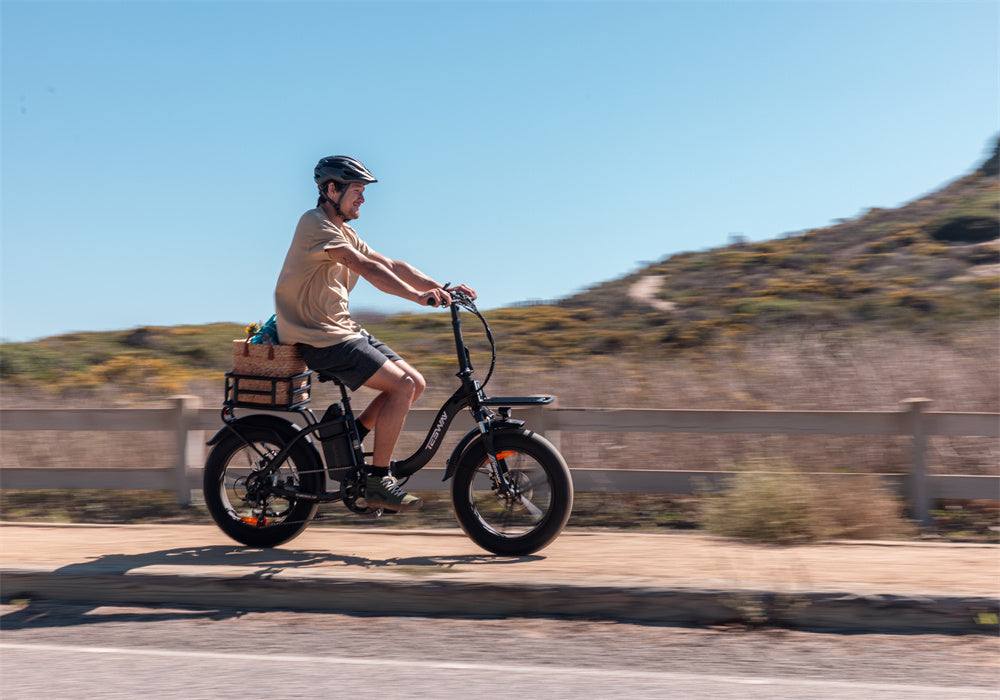Electric bicycleshave emerged as a popular alternative to traditional transportation methods, offering an eco-friendly, efficient, and accessible option for commuting and recreation. Central to the operation of these e-bikes is their battery system, and more specifically, the chargers used to power them.
Are Electric Bike Chargers The Same?
Electric bicycles are rapidly expanding, and with it, the intricacies of their components like the chargerbecome crucial for enthusiasts and everyday users alike. Many who are new to the concept of e-biking might wonder whether all e-bike chargers are interchangeable. The straightforward answer is no; electric bike chargers differ considerably in terms of voltage, capacity, and connector types, which are all engineered to match specific battery specifications.

Electric bikes generally come equipped with chargers uniquely suited to their battery's voltage and chemical composition. For instance, a charger designed for a 36-volt lithium-ion battery is crafted to optimize the charge to that battery’s maximum capacity without overcharging it, which could potentially cause damage or reduce its lifespan. Utilizing an incorrect charger not only leads to suboptimal charging but might also pose significant safety risks such as overheating or even fire hazards.
-
Voltage Compatibility: It is crucial to ensure that the charger's voltage corresponds exactly to your e-bike’s battery voltage to avoid any electrical mismatches.
-
Connector Type: Different manufacturers may opt for proprietary connectors which can result in incompatibility issues between different brands and models.
- Charging Speed: Chargers differ in their output amperage; higher amperage can charge batteries faster but using a charger with an amperage that’s too high for your battery can lead to efficiency issues and potential damage.

The Different Specifications Of E-Bike Chargers
Key specifications include the battery type, output voltage, and amperage, each playing a critical role in how well the charger suits your e-bike.
-
Battery Type: Chargers are often designed to cater to specific types of batteries, such as lithium-ion, lead-acid, or nickel-metal hydride, each requiring a different charging approach to optimize battery life and performance.
-
Output Voltage: This should ideally match or exceed the battery’s rated voltage to ensure an effective and safe charging cycle. A mismatch can lead to undercharging or overcharging, both detrimental to battery health.
- Amperage: This determines the rate at which your battery charges; higher amperage means quicker charging but must be compatible with your battery to avoid the risks of overheating and premature battery failure.

Can I Use A 48v Charger On A 36v Battery Or A 42v Charger?
Choosing a charger with a voltage that does not match your battery’s specifications is a common mistake that can have serious repercussions. It is generally advised against using a charger that outputs a higher voltage than the battery is rated for.
-
Voltage Mismatch: For instance, charging a 36v battery with a 48v charger could lead to excessive current flowing into the battery, potentially causing it to overheat, suffer damage, or even pose fire risks.
- Using a Lower Voltage Charger: On the other hand, using a 42v charger on a 48v battery will not supply enough power, resulting in undercharging. This not only affects the performance but could also prevent the battery from achieving a full charge, thereby diminishing its range and efficiency.
The best practice is to always use a charger that exactly matches the voltage of your e-bike’s battery as specified by the manufacturer.

Conclusion
Are all electric bike chargers the same? Can you use any charger with any e-bike? The clear answer is no.
It's important to note that using the wrong battery and charger can seriously harm your e-bike’s performance. Therefore, you should always use the charger that comes with your e-bike, as each brand and charger is designed differently and they are not interchangeable. You cannot use one charger for different e-bikes, so be careful.
FAQs
How do e-bikes work?
E-bikes work by using a battery-powered motor to assist the rider's pedal power. Most e-bikes allow the rider to choose the level of assistance, providing help with pedaling and enabling easier climbing of hills and longer rides with less fatigue.
What are the different types of e-bikes available?
The main types are pedal-assist, which requires the rider to pedal to activate the motor, and throttle-assist, which can propel the bike without pedaling. There are also hybrid versions that offer both functionalities.
Are e-bikes environmentally friendly?
Yes, e-bikes are considered environmentally friendly as they produce zero emissions during operation and can reduce dependence on automobiles for short-distance travel, thus lowering overall carbon footprints.







Share:
We Explore the Possibilities: Can Your eBike Charge As You Ride
Power Assist: The Ins and Outs of Class 2 Electric Bikes